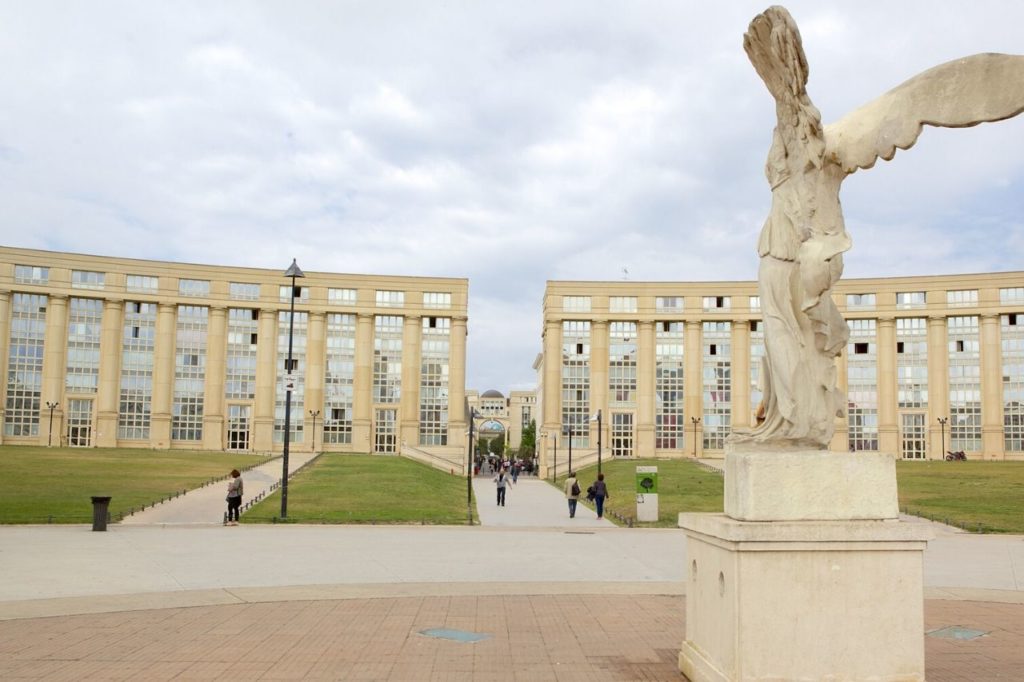
The Place de l’Europe is located at the end of the Antigone district. Its shape, in arc of circle, faces the Lez.
You will be able to eat nearby, thanks to numerous restaurants, present along the bank.
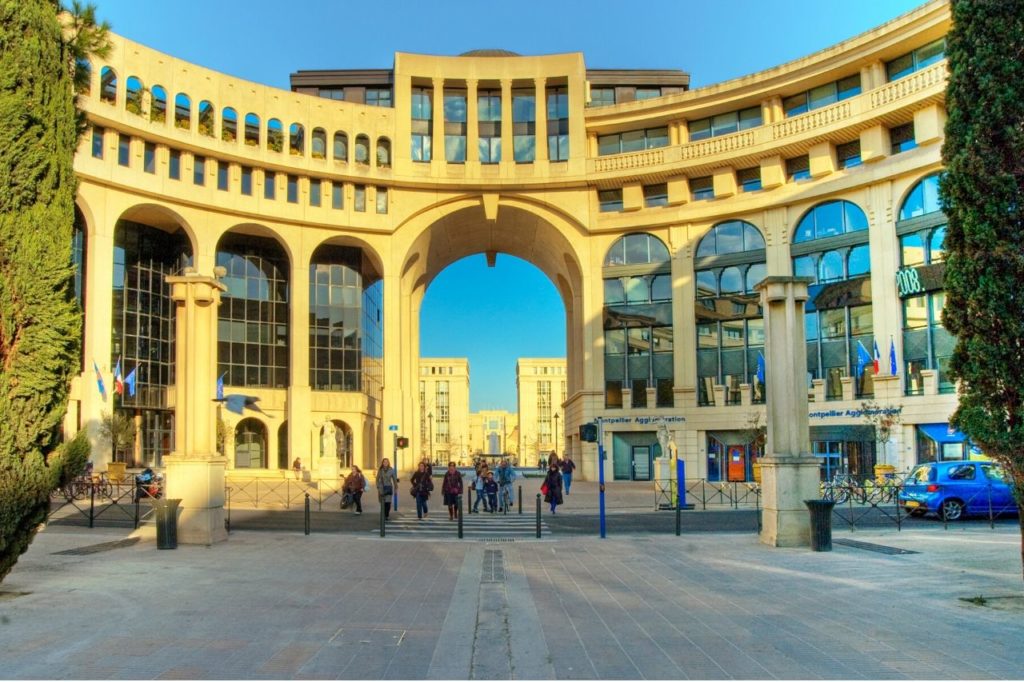
The Antigone district of Montpellier has a neoclassical architecture. You will be able to admire the Place de l’Europe, the Golden Number Square and the Place de Thessalie…
Between the historical center and the banks of the river Lez, you can find the Golden Number Square, in the center of which there are water games. Take the opportunity to have a drink or a meal.
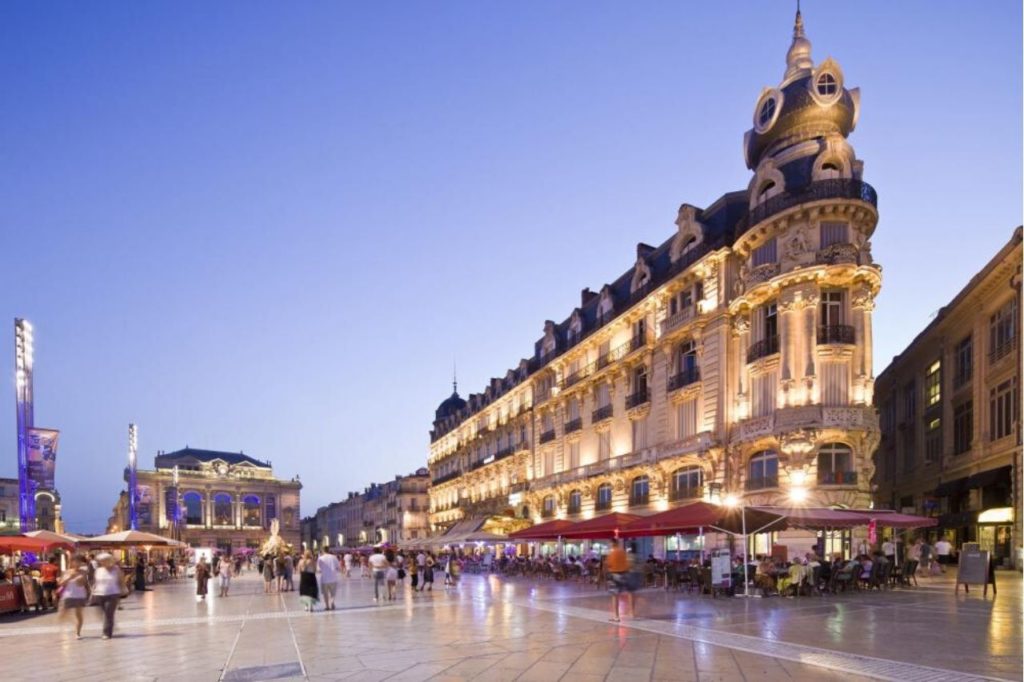
The Place de la Comédie is the most famous place in Montpellier, it is also called the place of the egg for its oval shape.
You will also find the Opera de la Comédie.
In front of the Opera, you can contemplate the Fountain of the Three Graces.
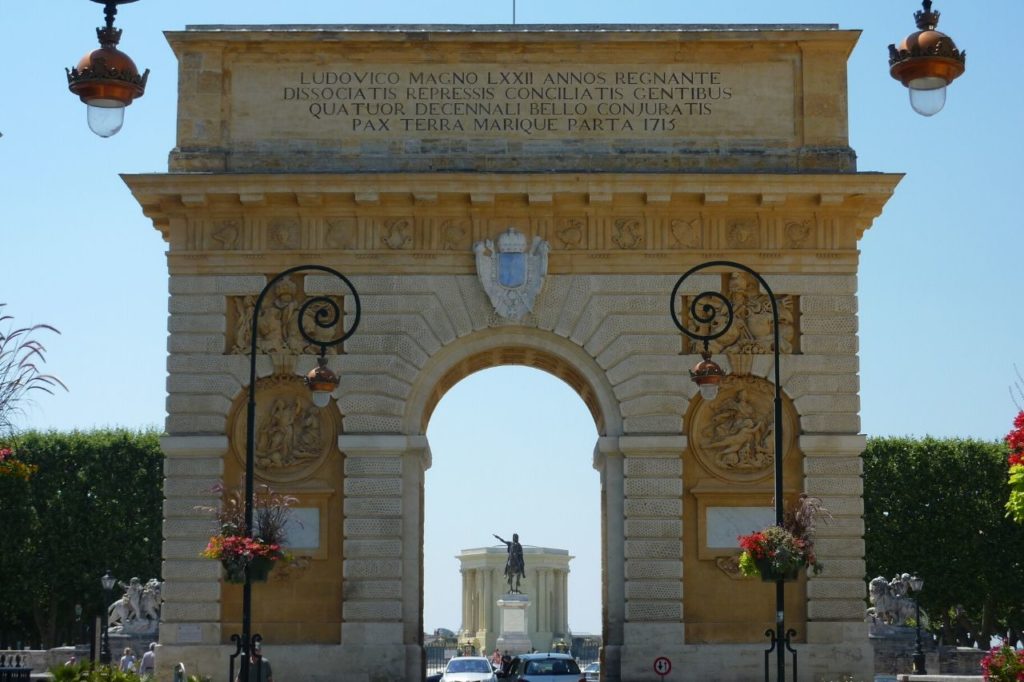
The Arc de Triomphe de Montpellier was built in 1692 in the place of one of the gates of the old rampart.
This Arc de Triomphe is just in front of the Peyrou Park.
The Tourist Office offers you a guided tour in order to admire at its top, a breathtaking view of Montpellier and its surroundings.
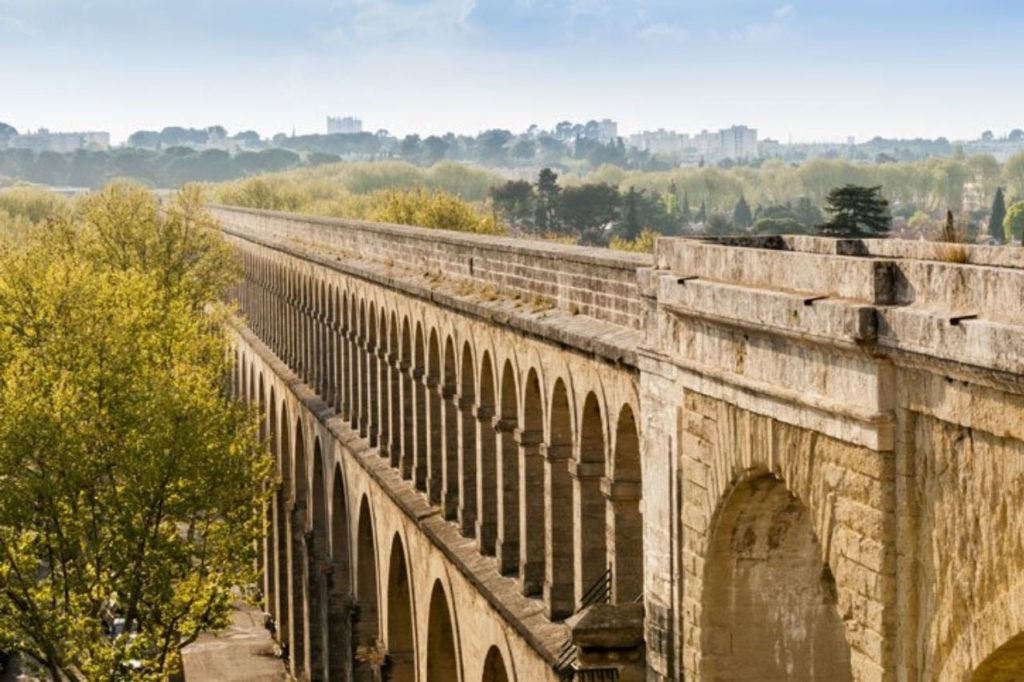
The Saint-Clément aqueduct (also called the Arceaux aqueduct) was built in the 18th century to supply Montpellier with water.
The engineer who took care of its construction was inspired by the Pont du Gard.
The aqueduct connects the Saint-Clément spring to the water tower of the Promenade du Peyrou over a distance of 14km.

Carré Sainte-Anne is a neo-Gothic church. It is, since 2011, an exhibition space for contemporary art.
Works by artists such as Desgrandchamps, Garouste, Pagès, Di Rosa, Ocampo, Combas and Gérard Othoniel are exhibited there.
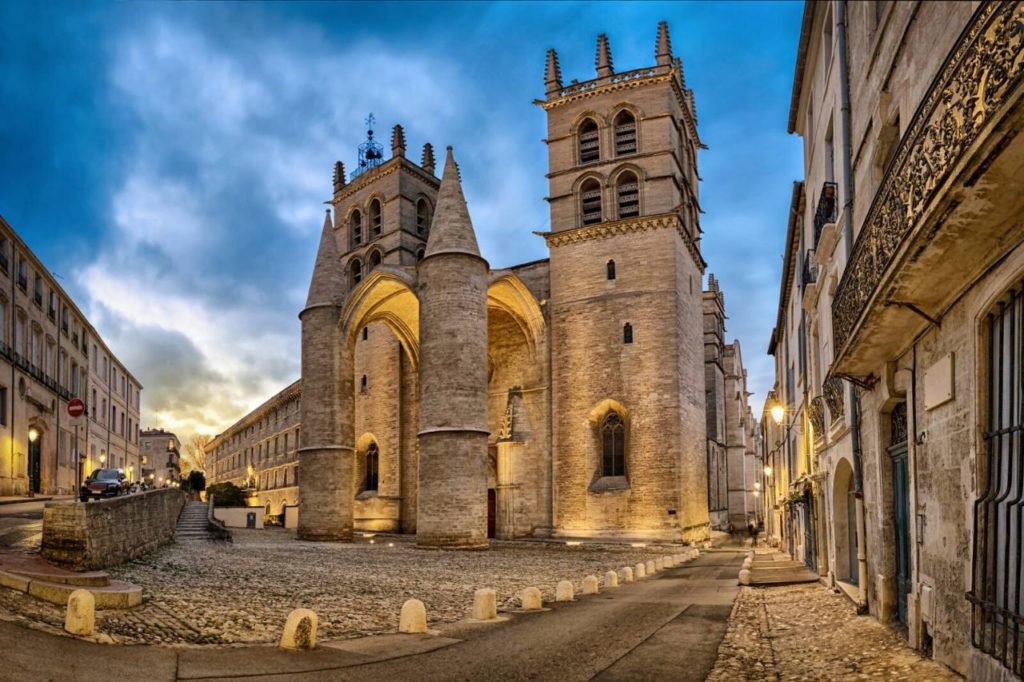
Saint-Pierre Cathedral in Montpellier is a Catholic cathedral, located in the Escutcheon.
It is a cathedral of Gothic style.
You can still find religious services there.

The Jardin des Plantes is the oldest botanical garden in France and it extends over nearly 5 hectares in the heart of Montpellier.
This garden was once used for research and teaching.
It is part of the Historical Monuments.
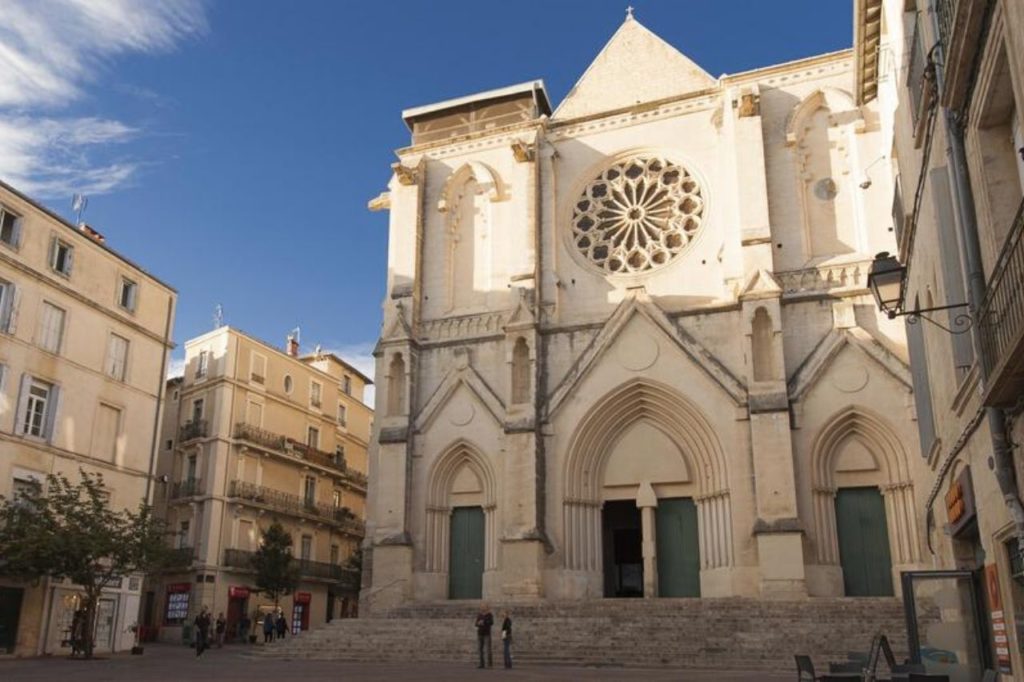
Saint-Roch church is a neo-gothic style church located in the heart of Montpellier.
The current Saint-Roch church is partly built on the site occupied by the Saint-Paul church and the Trinitarian convent before the Revolution.
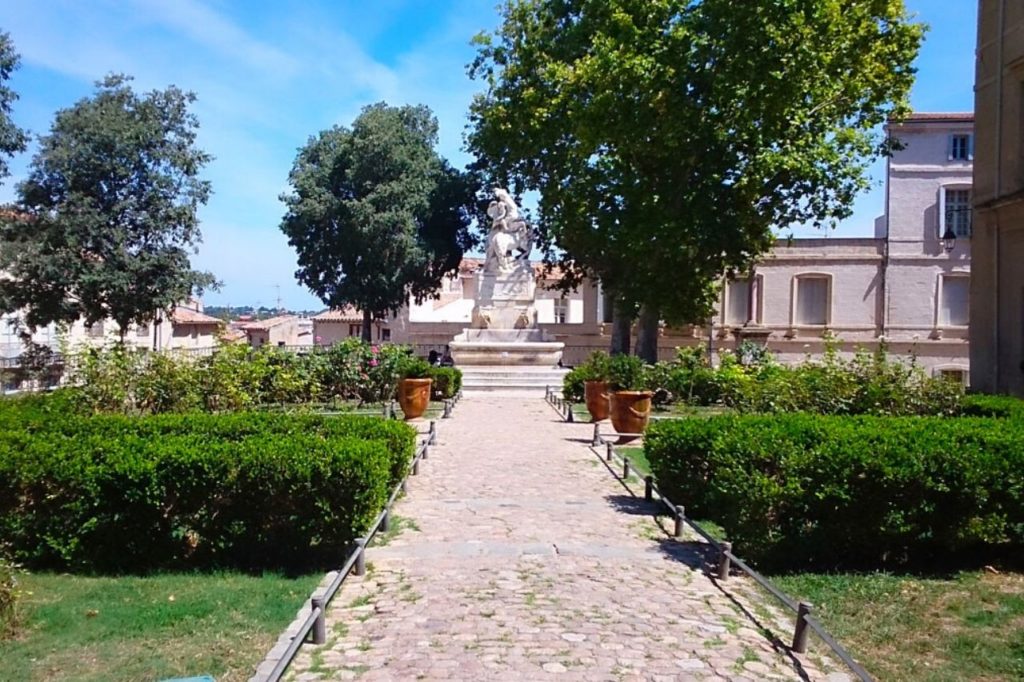
Place de la Canourgue is the oldest square in Montpellier.
This place was supposed to host a cathedral, but the idea was finally not kept.
This square is surrounded by mansions from the 17th century. At the end of the garden is the Fountain of Unicorns behind which you will find a breathtaking view of the Saint-Pierre cathedral.
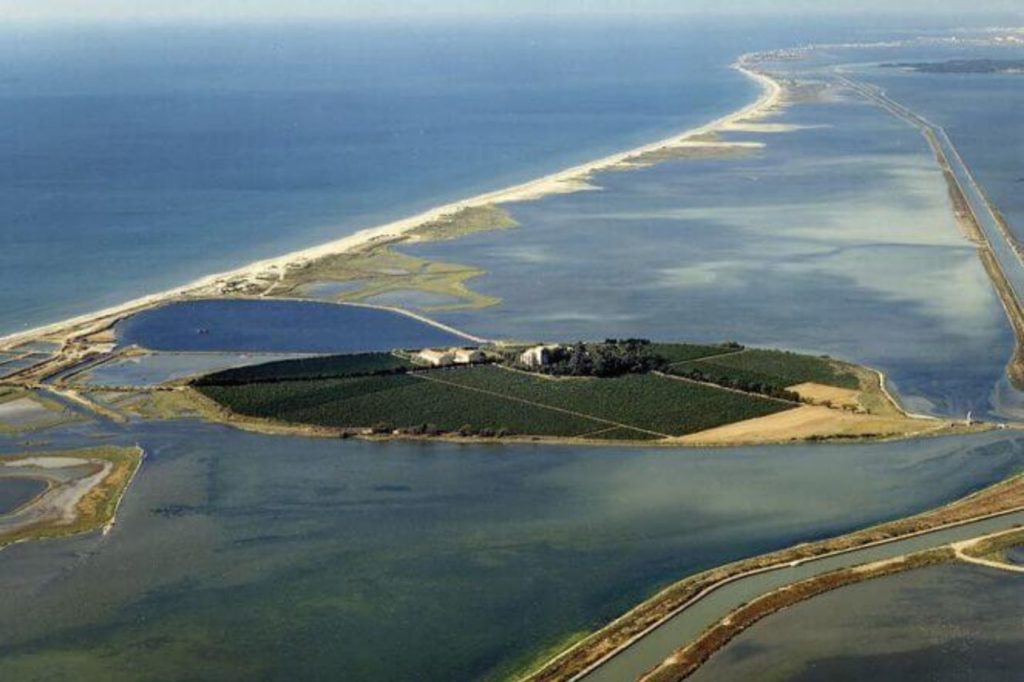
Villeneuve-lès-Maguelone is located on the shores of the Mediterranean Sea and benefits from a privileged geographical location. Its varied landscapes – scrubland, lagoons, coastline – are home to a great diversity of flora and fauna. Here are the places not to be missed:
- The cathedral of Maguelone,
- Palavasian ponds,
- The domain of Maguelone.
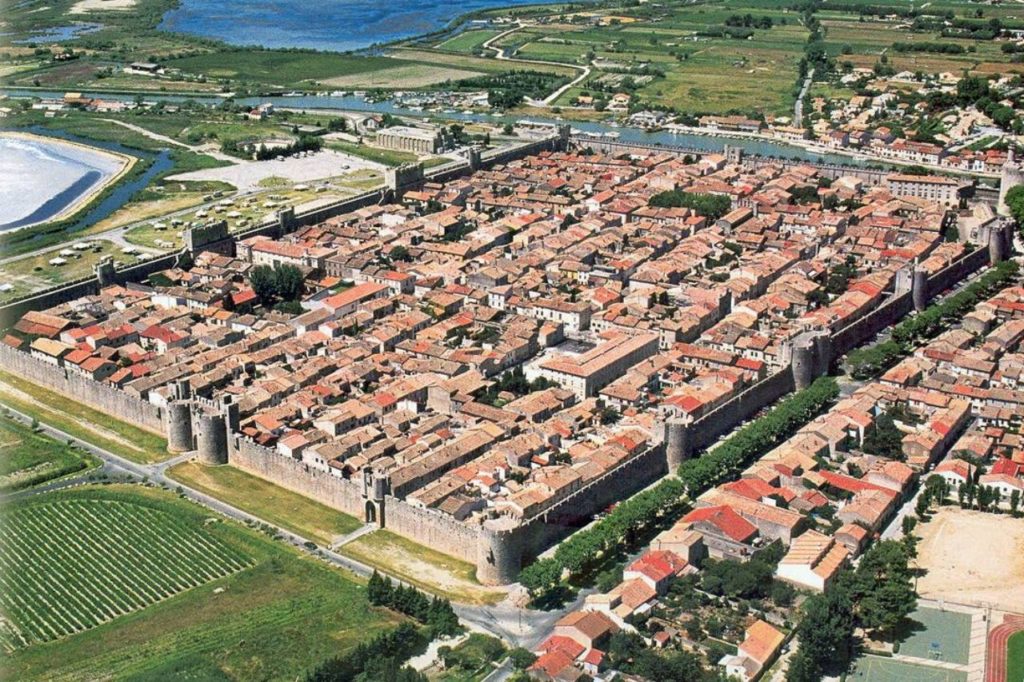
Located 6km from the sea, Aigues-Mortes is a fortified medieval town. It is one of the most beautiful natural sites of Provence, the Camargue.
Aigues-Mortes was a small hamlet of fishermen and salt collectors, surrounded by ponds all the way to the Mediterranean Sea. Here is what there is to see in Aigues-Mortes and its surroundings :
- Visit the church Notre-Dame des Sablons,
- Discover the Salins d’Aigues-Mortes thanks to a guided tour,
- Stroll to the Carbonnière Tower,
- Stroll through the narrow streets of the ramparts of Aigues-Mortes and discover a magnificent fortified town.
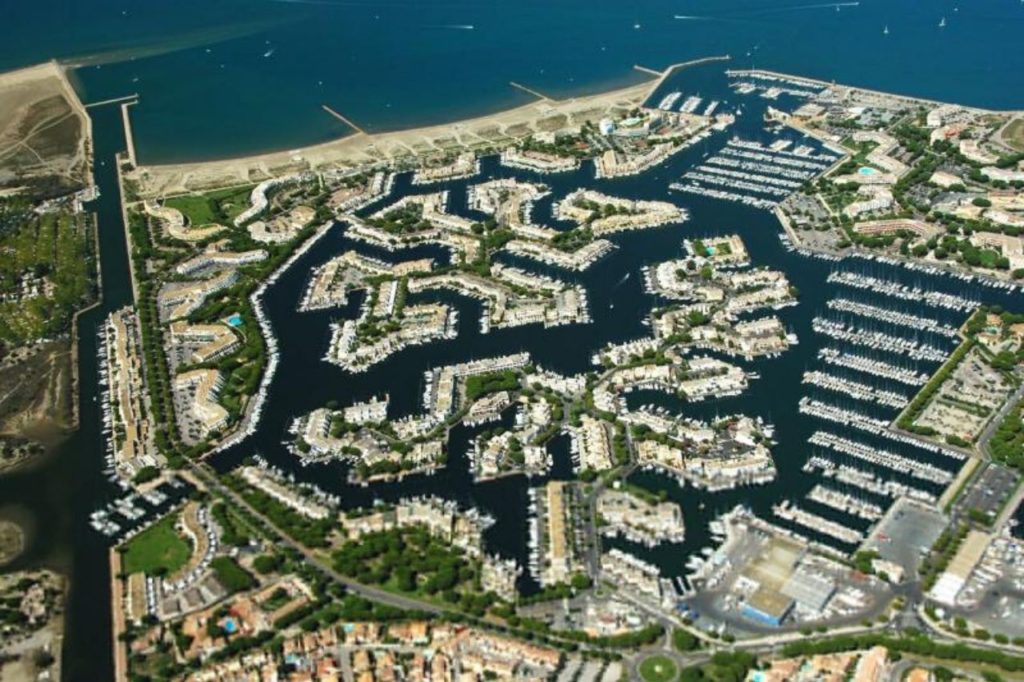
Port-Camargue is a district of the commune of Grau-du-Roi, in the Gard department in the Occitanie region. Developed since the 1960s, it is now the first marina in Europe.
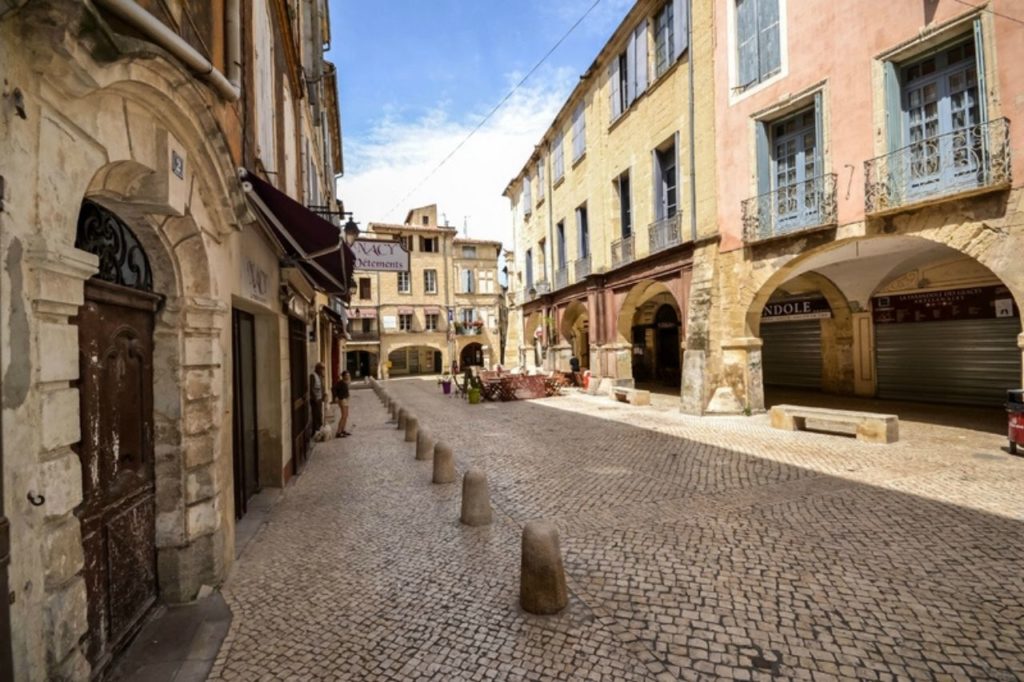
Between the Mediterranean and the Cevennes, the medieval city of Sommières is located on the banks of the Vidourle. Here are the places not to be missed in Sommières and its surroundings:
- Stroll in the city and go back in the medieval period,
- Discover the Château de Sommières and let yourself be lulled by its history.
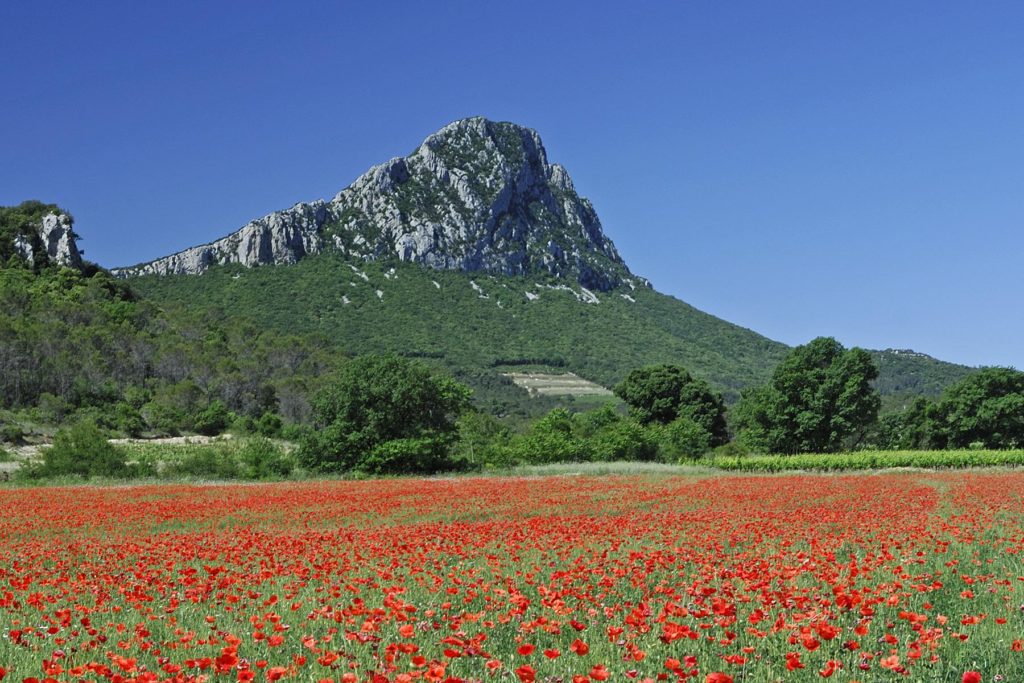
The Pic Saint Loup is located 25 minutes from Montpellier.
At the top you will find a chapel as well as a cross offering a panorama on the garrigue.
The Pic Saint Loup, visible from a large part of the Hérault department, is accessible on foot for a hike of about 1 hour.
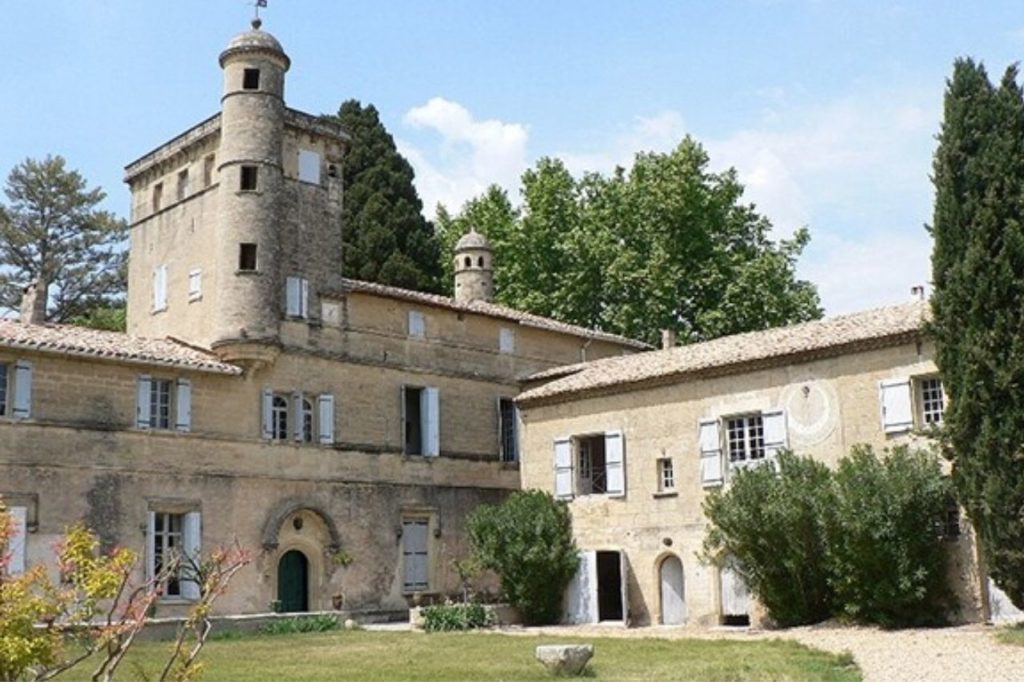
The Castle of Teillan, is located 3 km from Aimargues. It is registered as a Historical Monument.
The park is also registered as a Historical Monument.
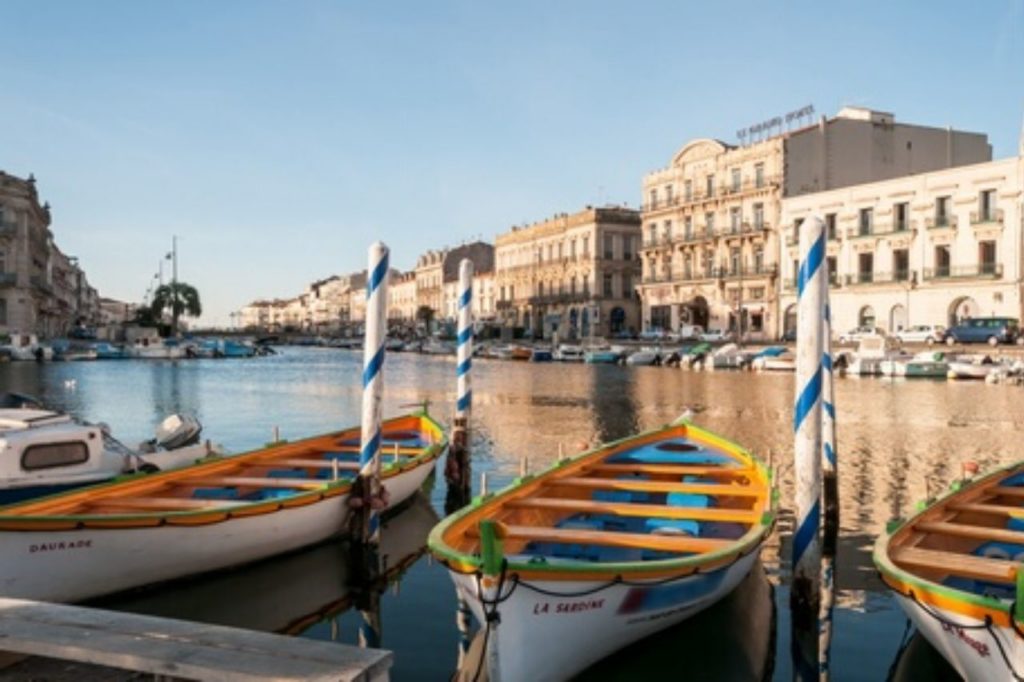
Situated between the Mediterranean Sea and the Etang de Thau, Sète is nicknamed the Venice of Languedoc with its old port, canals, bridges and buildings with pretty colorful facades.
Sète is a favourite destination for gourmets who appreciate seafood:
- Live to the rhythm of festivals and festivities during 6 months at the ” Musica Sète ” or ” Fiest’À Sète “.
- Discover Georges Brassens by taking the “Promenade de Georges Brassens”.
- Walk to the top of the Mont St Clair to discover a magnificent panorama.
- Admire the Chapelle de la Salette and learn about its history.

The Thau Lagoon is the largest lagoon in the Languedoc with its 19 km long and 5 km wide.
This lagoon has given birth to many artisanal activities: mussel farming (breeding of marine mussels) and oyster farming.
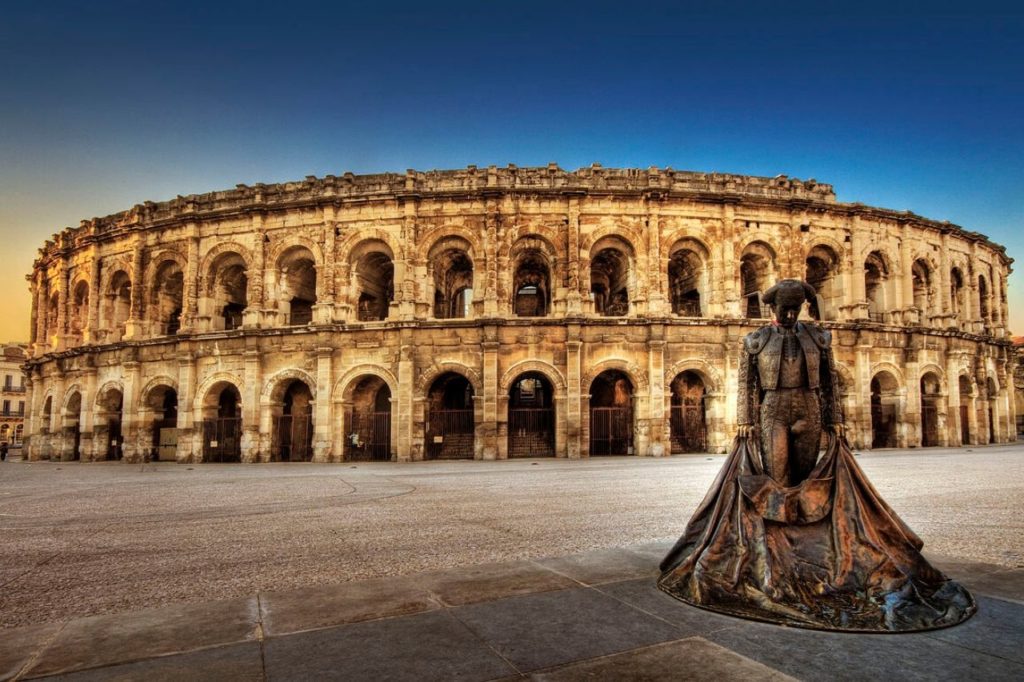
Nîmes is the dreamed place for all the amateurs of the Roman period. At only 40 minutes from our hotel, do not hesitate to discover this magnificent city:
- The Arena of Nîmes,
- The Gardens of the Fountain,
- The Temple of Diana,
- The Clock Square,
- The Square House,
- Notre-Dame-Et-Saint-Castor,
- The Magne Tower,
- The Fountain of the Crocodile,
- The Castellum…

A spiritual stopover on the Way to Saint-Jacques de Compostelle, Saint-Guilhem-le-Désert is a small medieval town that is one of the Most Beautiful Villages in France. Here are the places not to be missed in Saint-Guilhem-Le-Désert and its surroundings:
- The abbey of Gellone,
- The Devil’s Bridge,
- The Clamouse cave,
- The circus of the Infernet,
- The village of yesteryear.
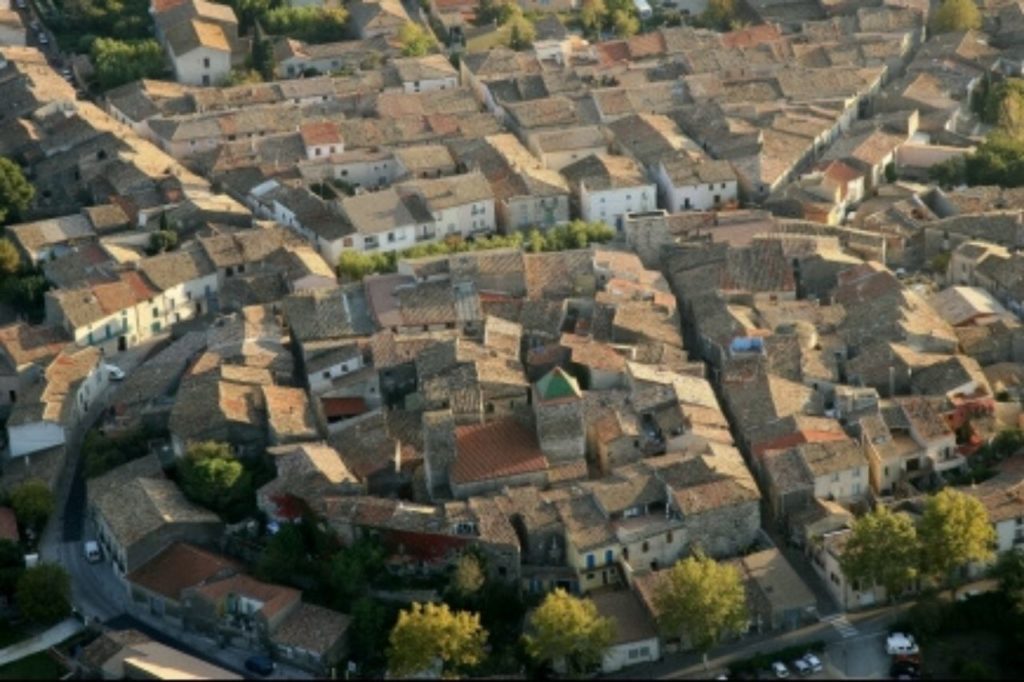
Leaning against the Monts de St Guilhem at the exit of the Gorges de l’Hérault, St-Jean-de-Fos.
The old village is a “Circulade de l’An 1000“, developed in a circle around its 11th-12th century Romanesque church.
Here are the inescapable ones:
- The chapel of the Penitents of Aniane,
- The domain of the Grande Sieste,
- The abbey church of Saint-Sauveur d’Aniane.
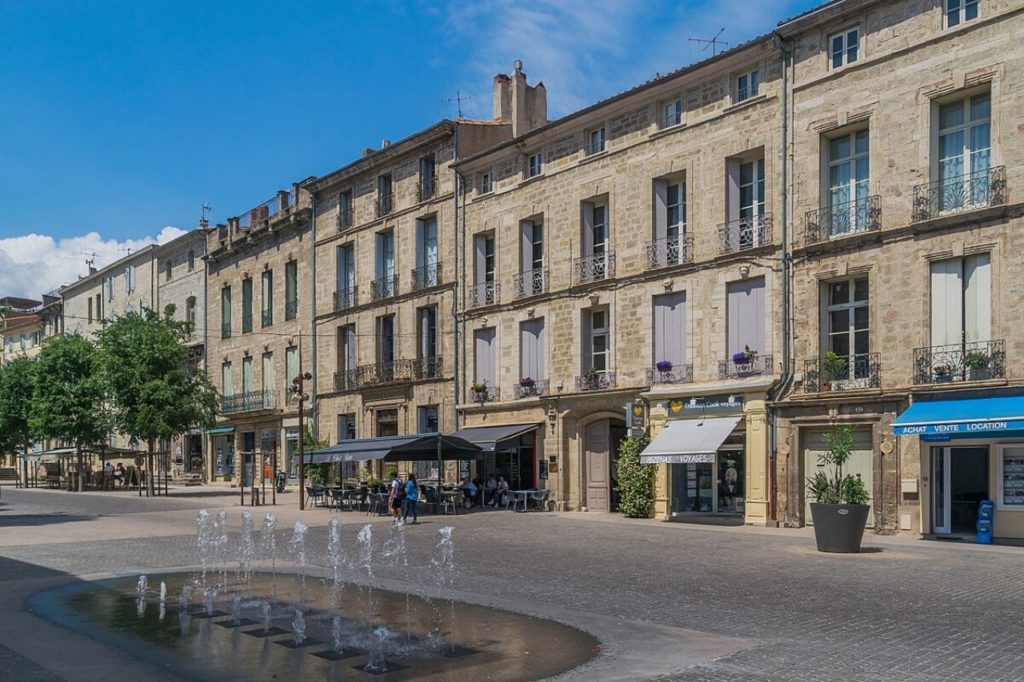
Pézenas is a city steeped in history as evidenced by its historic center.
The city is also labeled “Ville et Métiers d’art“. Here are some places not to be missed:
- The historical center,
- The theater of Pézénas.
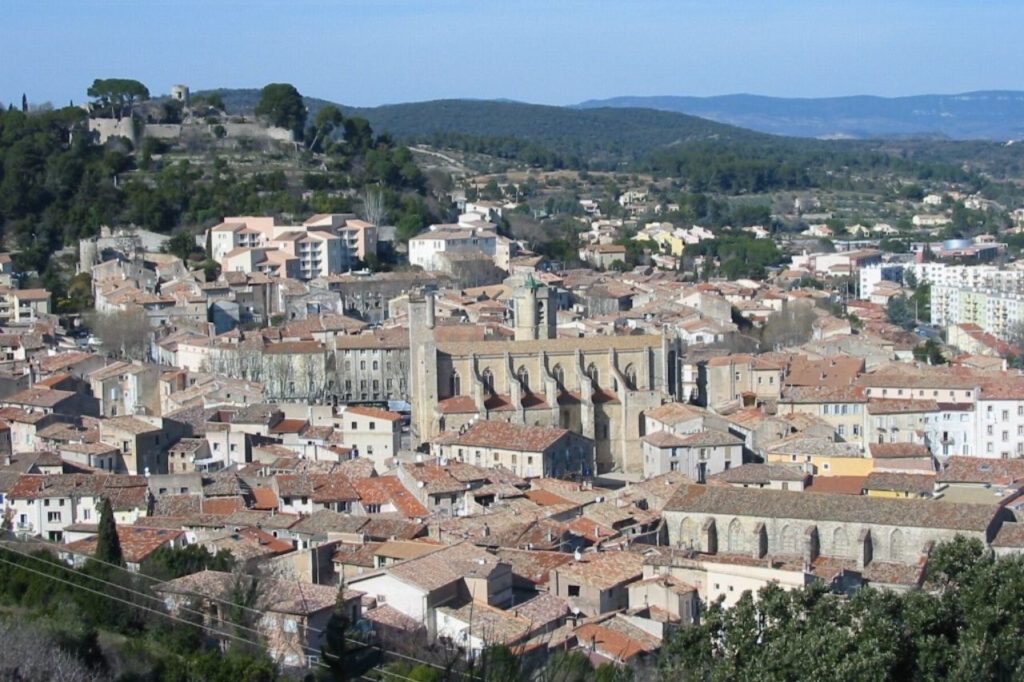
Clermont-L’Hérault is a village located in the Hérault region, 48 km from Montpellier, halfway between the Mediterranean Sea and the Cevennes National Park. Here are the unmissable of Clermont-L’Hérault and its surroundings:
- The Salagou Lake,
- The Circus of Mourèze,
- The Royal Manufacture in Villeneuvette,
- Mount Liausson,
- The church Saint-Hippolyte-de-Fontès.
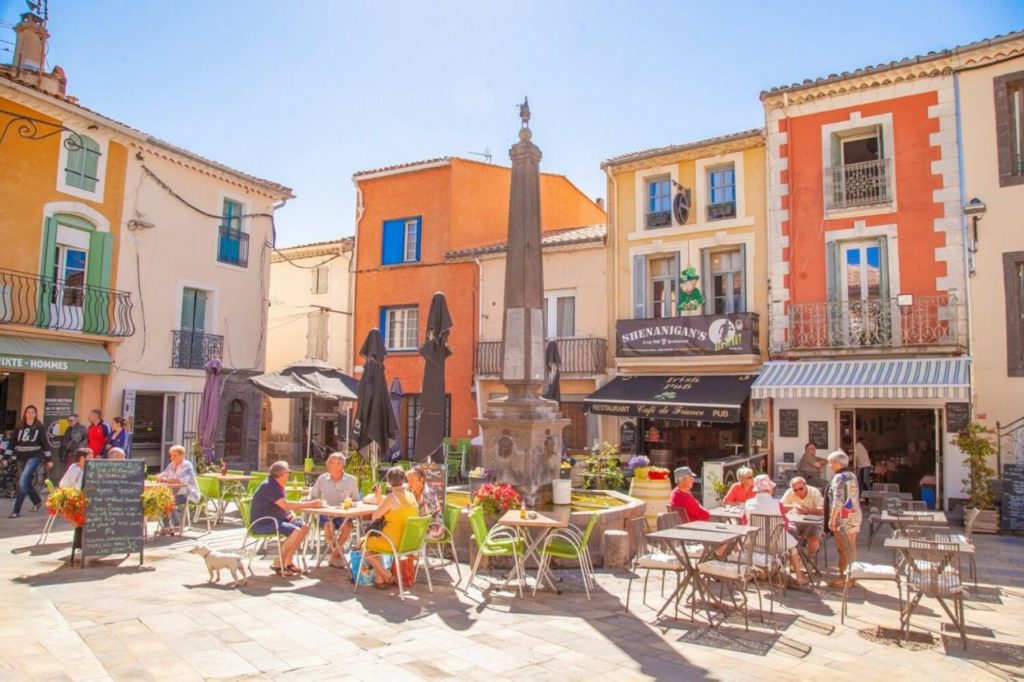
Between the Canal du Midi and the Mediterranean, Vias is a typical village with its “circulade” shape. Here are the unmistakable places of Vias :
- 5 km of fine sand,
- The circular village and its volcanic soil,
- The Preignes Le Vieux estate,
- The works of the Libron on the Canal du Midi,
- 90 km of marked mountain bike trails.
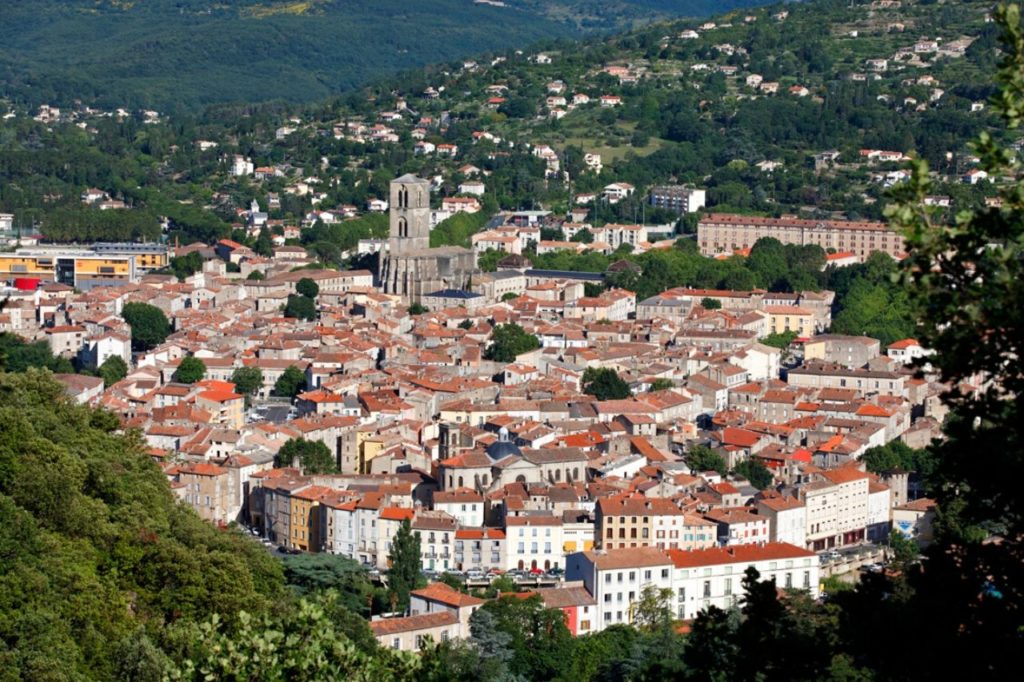
The city of Lodève is located in the department of Hérault, is nicknamed the “muddy city or marsh” because of the strong presence of clay. Here are the places to visit in Lodève and its surroundings:
- The National manufacture of the soap factory, workshop of Lodève,
- The Apothecary’s of Saint John’s Hospital,
- The Saint-Fulcran cathedral,
- The former Episcopal Palace,
- The war memorial,
- The Dardé Hall
- Bridges.

Agde, Le Cap d’Agde, Le Grau d’Agde and La Tamarissiere are located in the department of Herault, between fresh and salt water.
Some places not to be missed:
- Mount St Loup (an ancient volcano whose last eruption dates back 750,000 years) and the cliffs of Cap d’Agde,
- The conch beach with its black sand due to ancient volcanic activity,
- The Fort of Brescou,
- The Bagnas National Nature Reserve,
- The historical center of Agde, to stroll in the small streets and discover the quays,
- The naturist village,
- The Cathedral St Etienne,
- Notre-Dame-de-l’Agenouillade,
- The fountain of “la belle Agathoise”,
- The ramparts of Agde,
- The church of St. Sever.
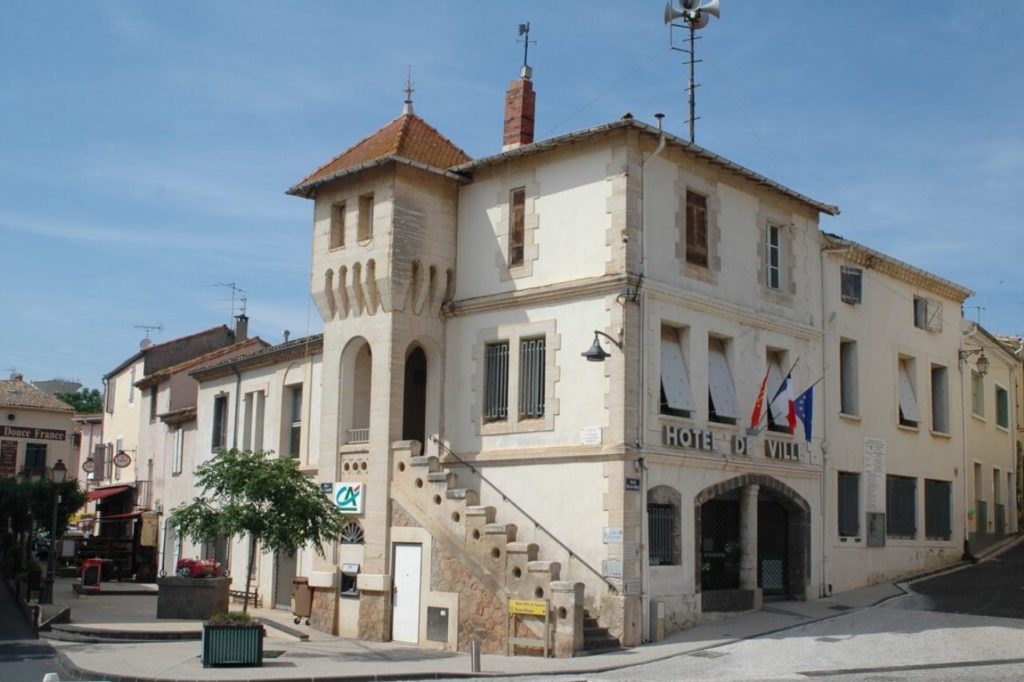
Portiragnes is located only 13 miutes from Agde, which allows you to make a quick jump to discover :
- Its wild and natural beaches,
- The Grande Maïre nature reserve, classified “Natura 2000”,
- The canal du midi.
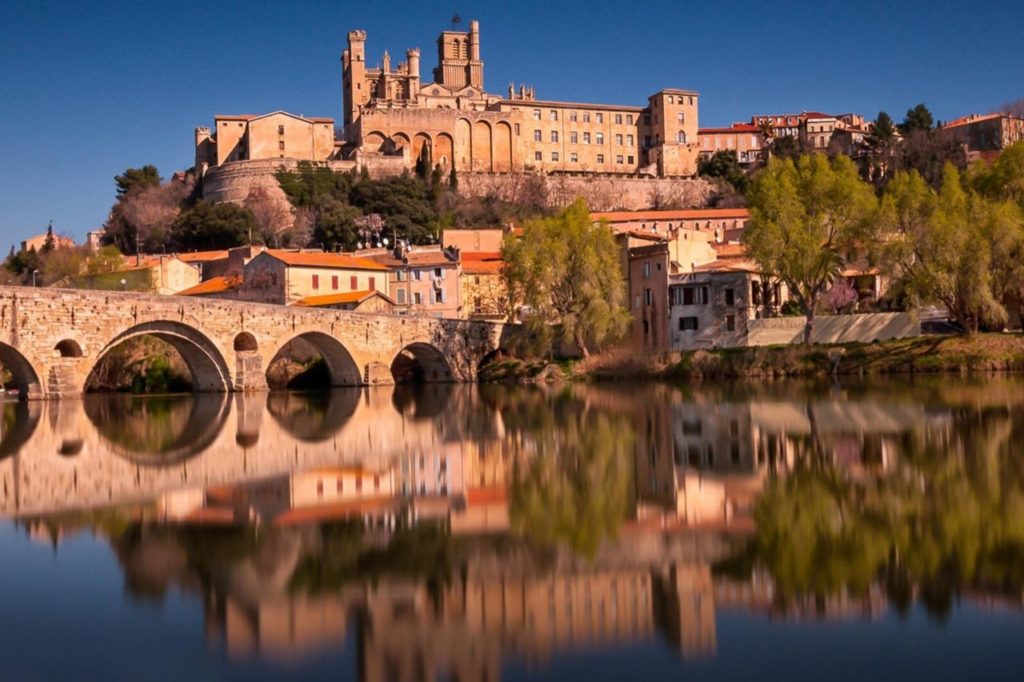
Béziers is located between sea and vineyards. Its historical monuments make its fame.
Here are the places not to be missed:
- The 9 locks of Fonseranes,
- The Saint-Nazaire cathedral,
- The Orb bridge,
- The halls of Béziers,
- The church of the Madeleine of Béziers,
- The Basilica of Saint Aphrodise.
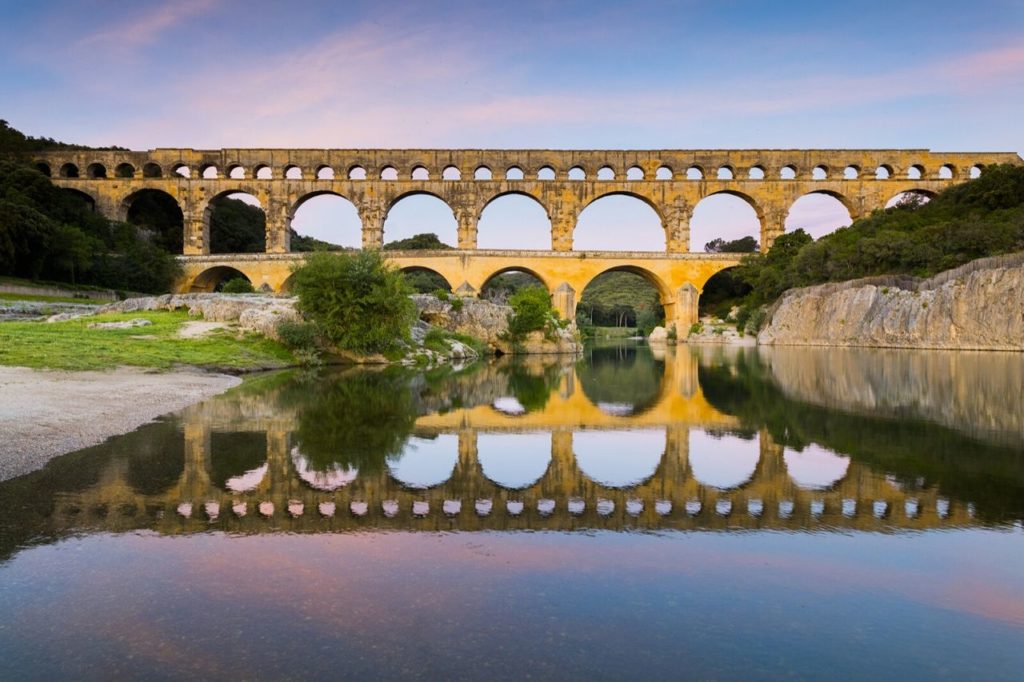
The Pont du Gard bridge is located in Vers-Pont-du-Gard between Uzès and Remoulins. It is located in the Gard department. It ensured the transport of water from Uzès to Nîmes.
The Pont-du-Gard is classified as a Historical Monument.
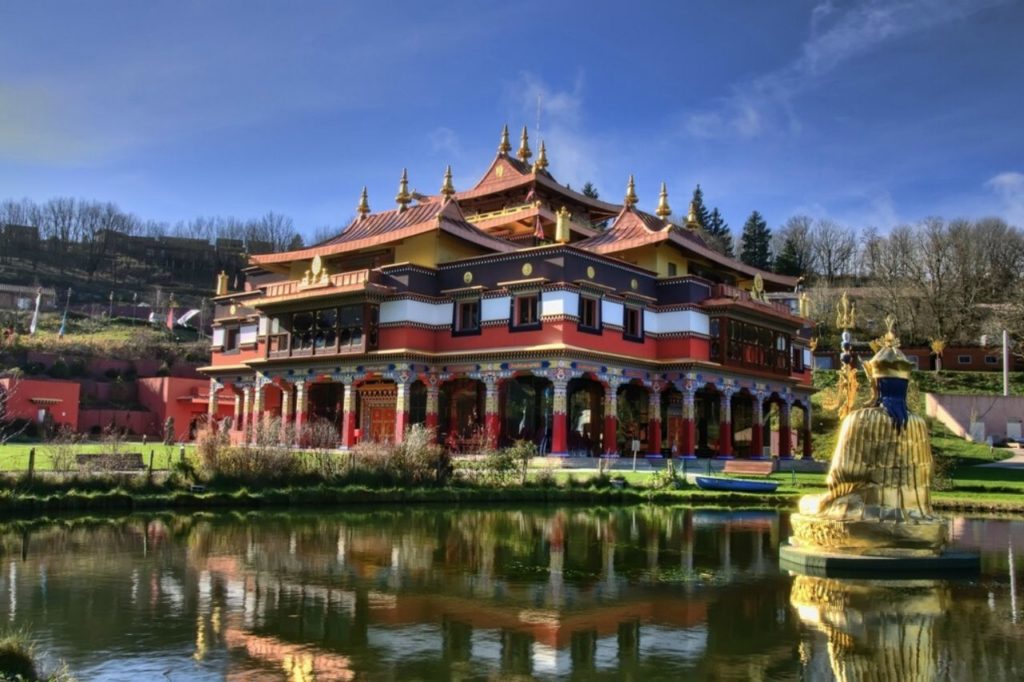
Lerab Ling, is located within the Haut-Languedoc Regional Natural Park.
It is home to a large community of monastic and lay members, whose main vocation is to enable the discovery, study and practice of Buddhism.
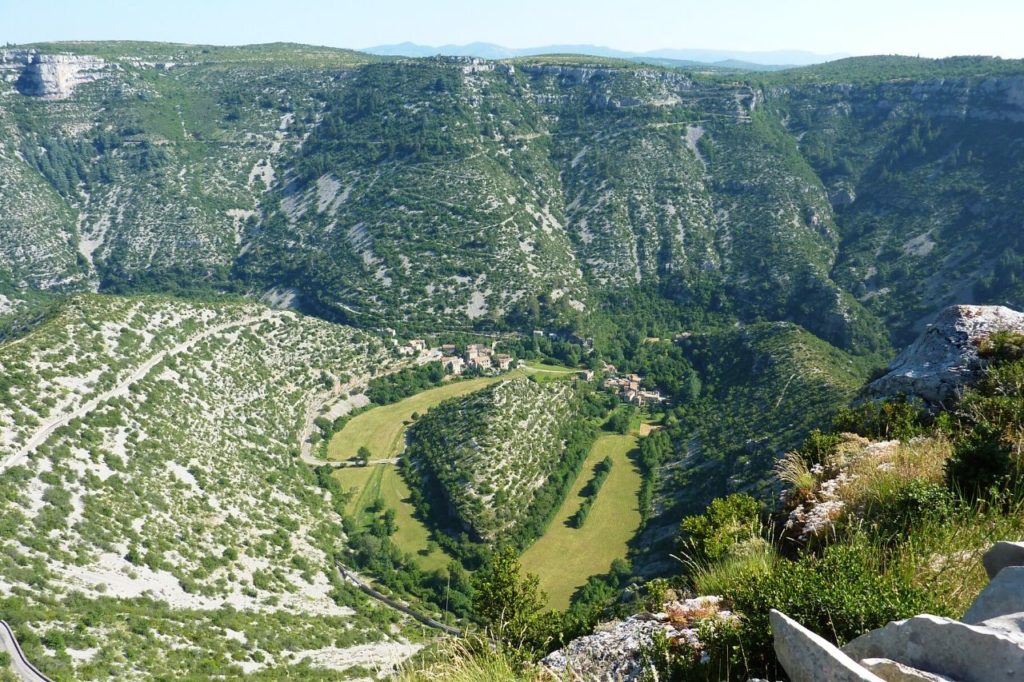
The circus of Navacelles is a natural circus located between the departments of Gard and Hérault. It is classified World Heritage of Humanity by UNESCO. It also has the label “Grand site de France”.
It is possible to reach it on foot, but also by shuttle bus, or by electric bicycle.
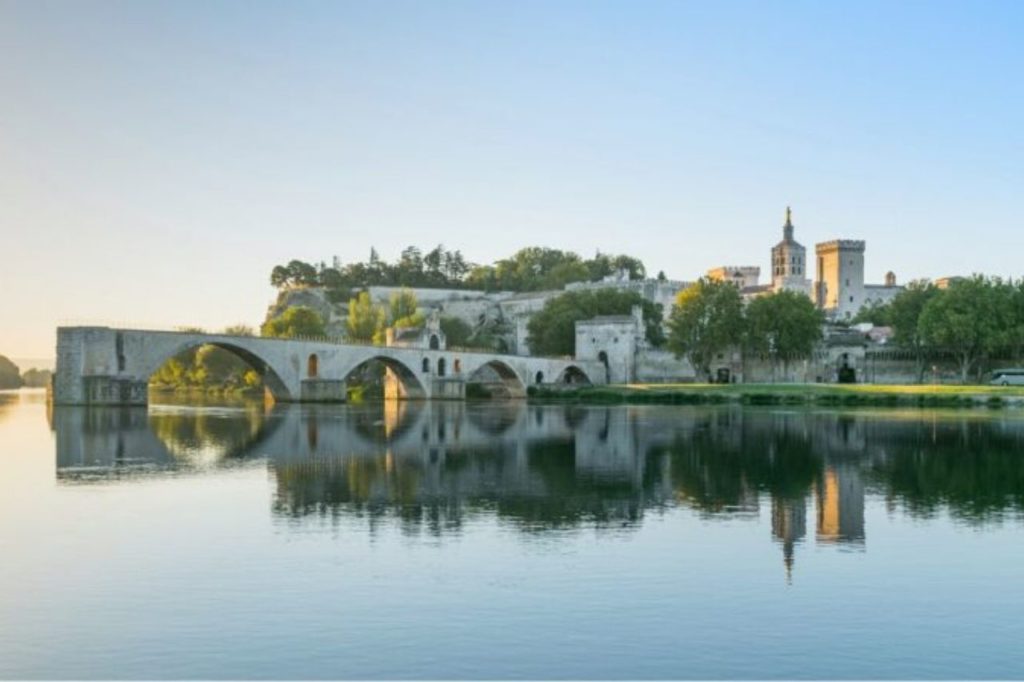
Avignon and Villeneuve-lès-Avignon, are located in the department of Gard, you will discover many monuments. Here are the places to visit in Avignon and Villeneuve-Lès-Avignons :
- The Castle of Villeneuve-Lès-Avignon,
- The Palace of the Popes,
- The Bridge of Avignon,
- Notre-Dame des Doms d’Avignon,
- Fort Saint-André,
- The Chartreuse du Val de Bénédicton,
- The Abbey Saint-Michel de Frigolet
- Saint Peter’s Basilica in Avignon,
- The Ramparts of Avignon.

Leucate if located in the department of Aude. It is the ideal place for visits and discoveries, all at the approach of the Mediterranean Sea. Here are the places not to be missed:
- Port-Leucate,
- Aqualand Port-Leucate,
- The lighthouse of Cape Leucate,
- The cave of the fairies,
- La Redoute de la Franqui,
- The Lydia (Barcarès).
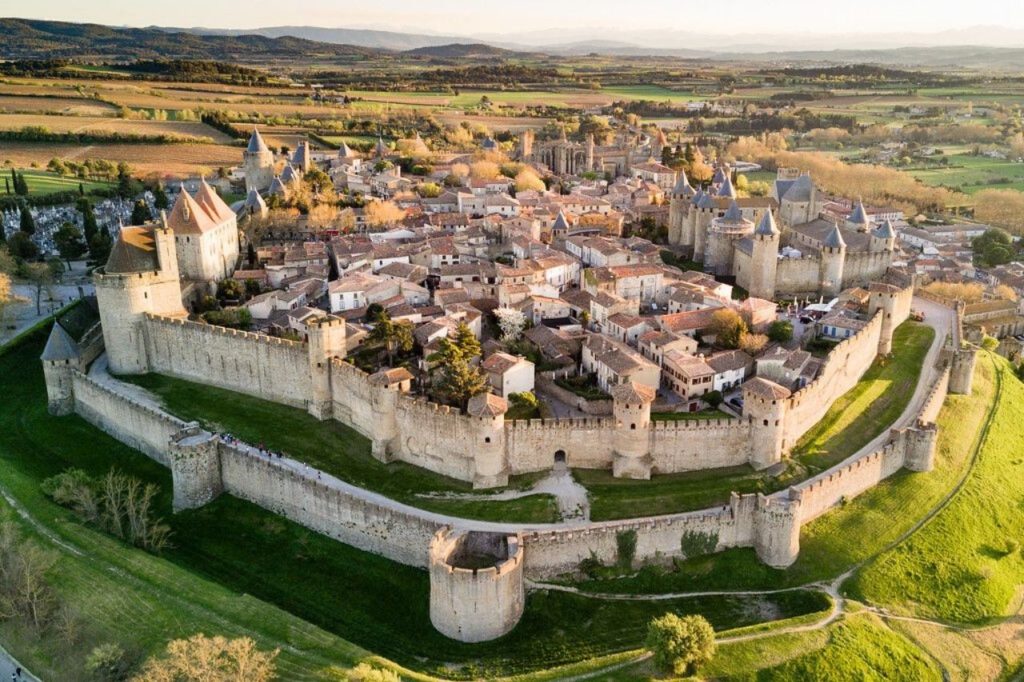
Carcassonne is located in the department of Aude. This city is famous for its medieval citadel. Places not to be missed in Carcassonne :
- The City of Carcassonne,
- The Château Comtal,
- The church of Saint-Nazaire in Carcassonne,
- The lake of Cavayère,
- The Place Carnot,
- The Castle of Quéribus,
- The Australian park,
- The Medieval City,
- The Narbonnaise door,
- The School Museum of Carcassonne,
- Notre-Dame-de-la-Santé,
- The garden of Calvary,
- The double lock of Fresquel.

